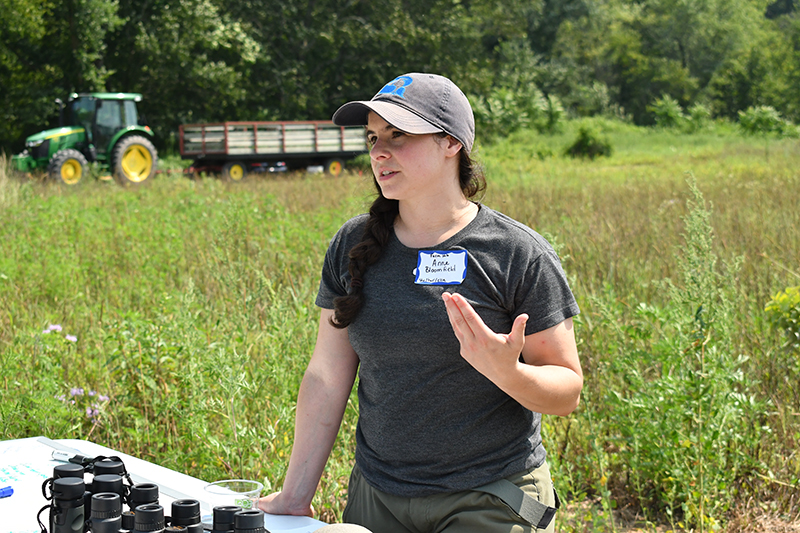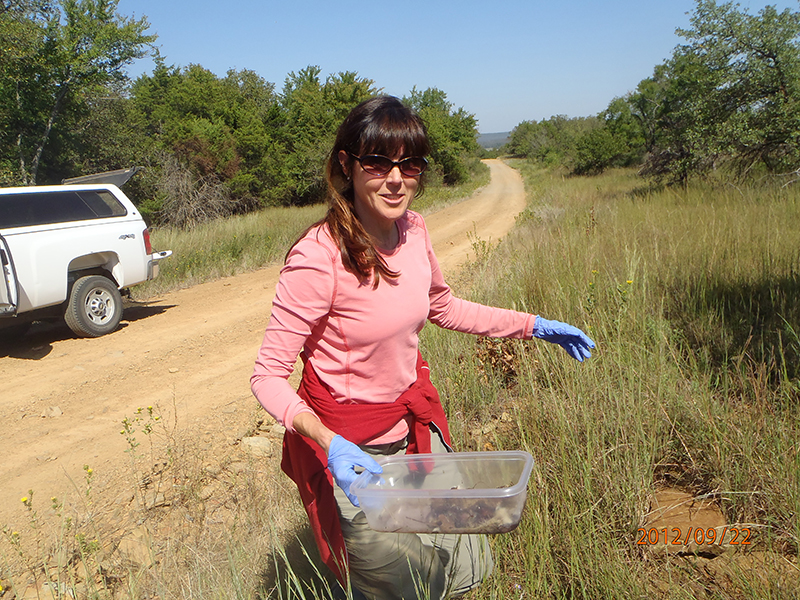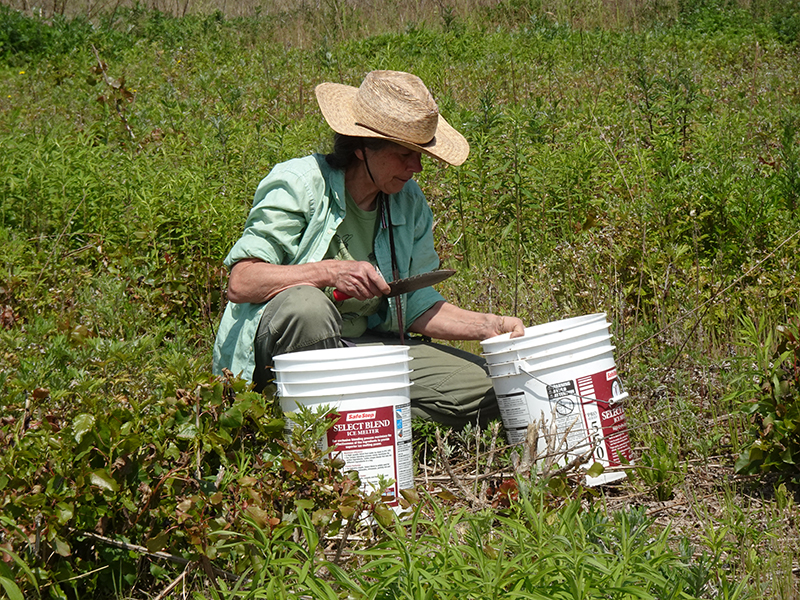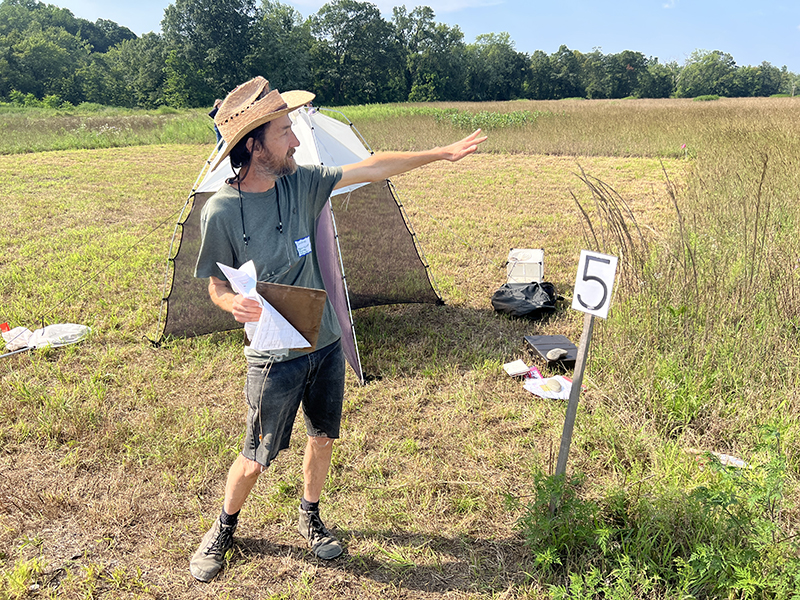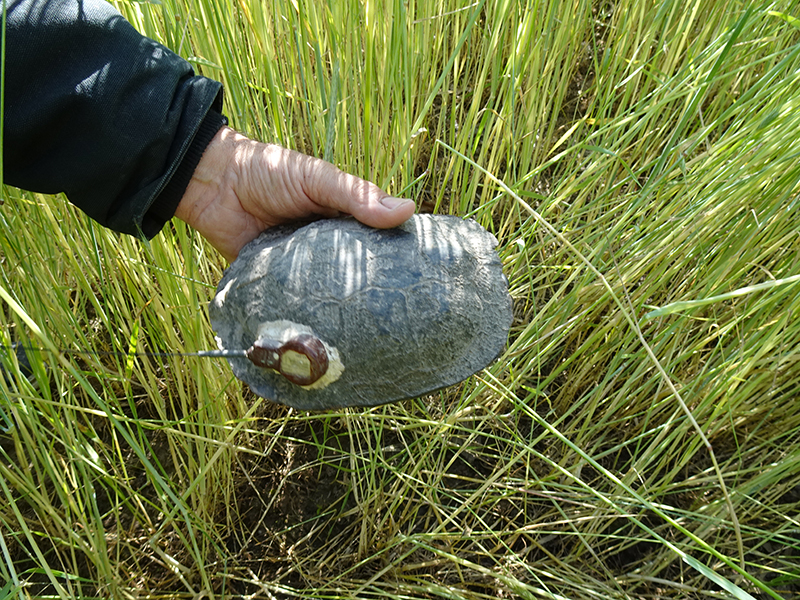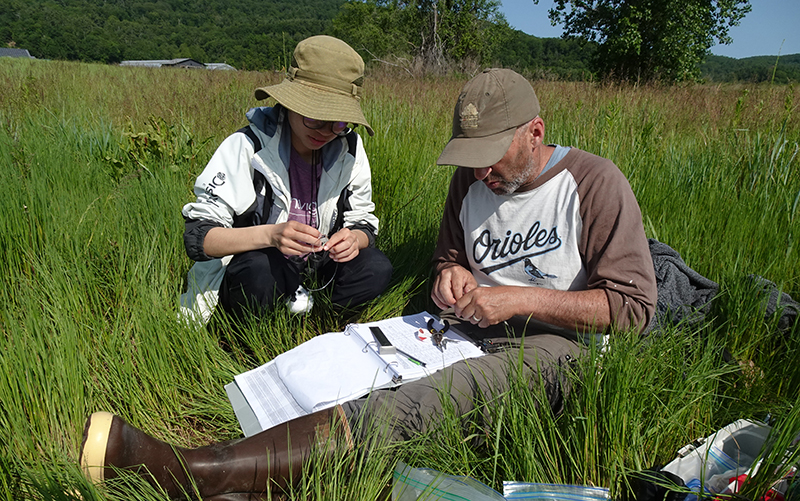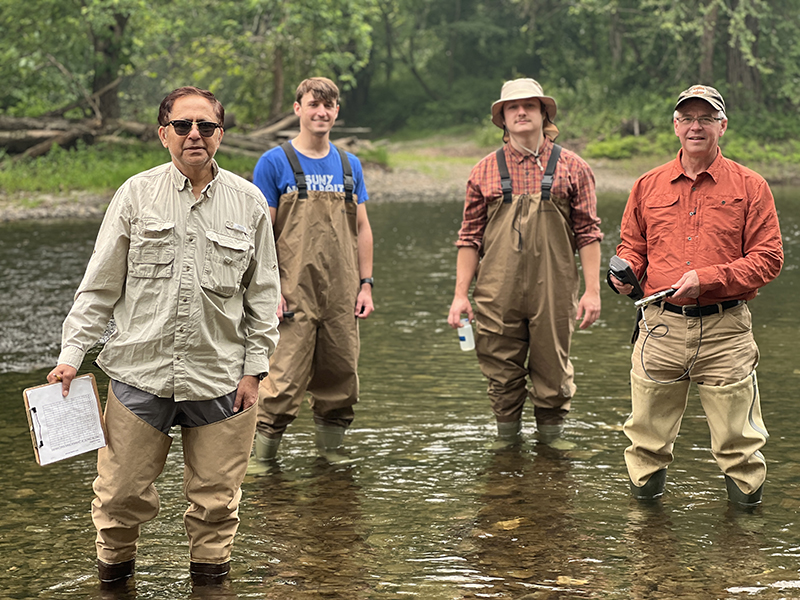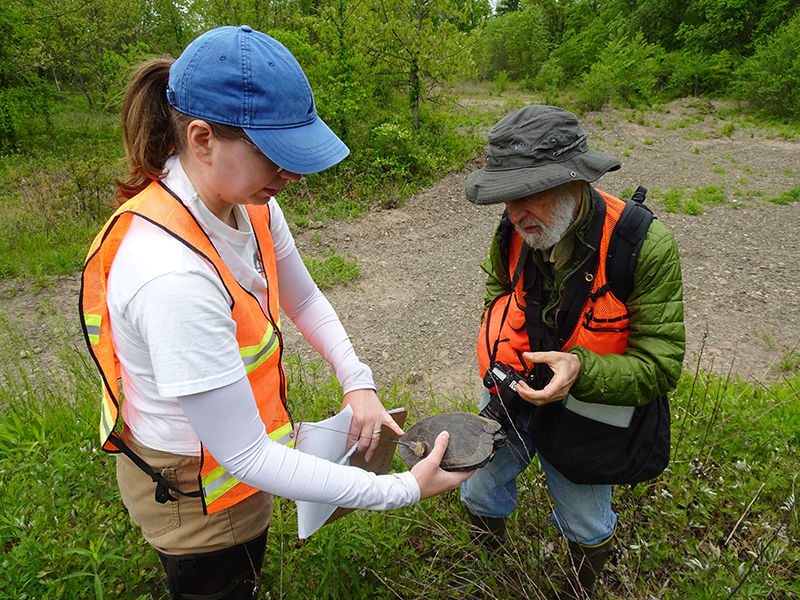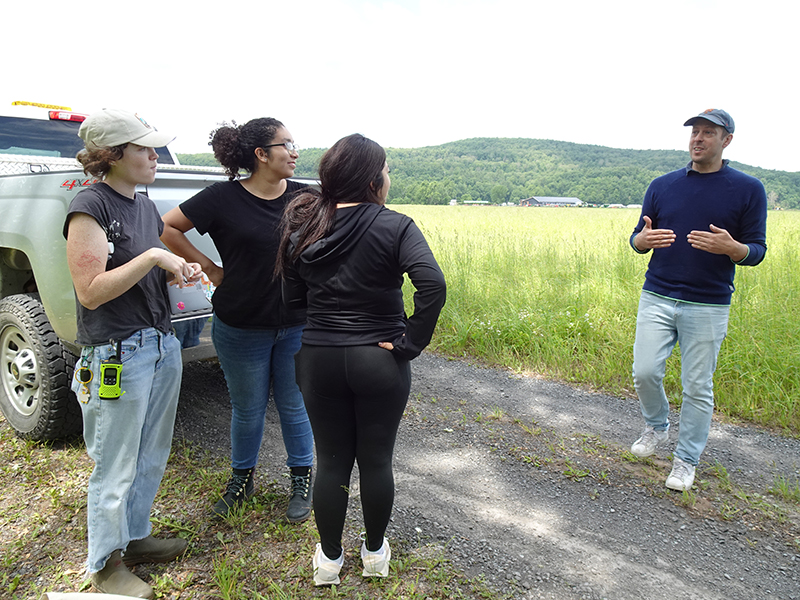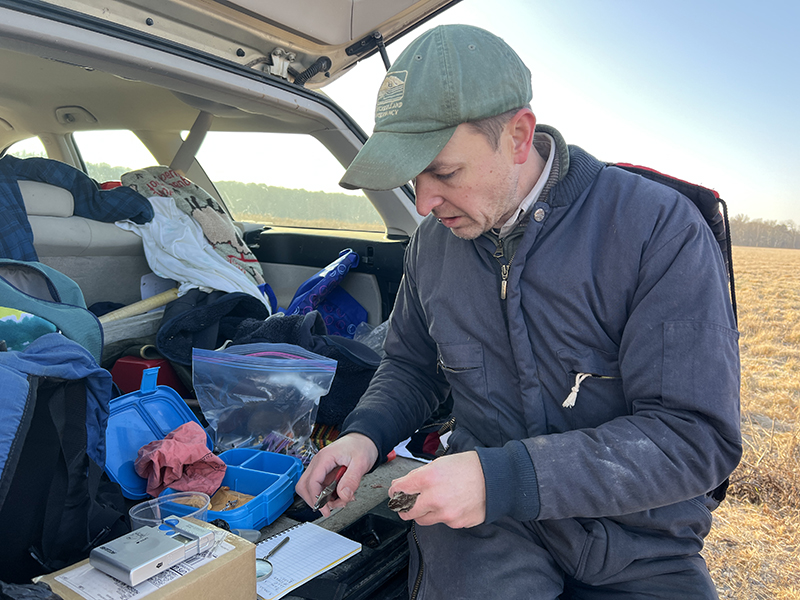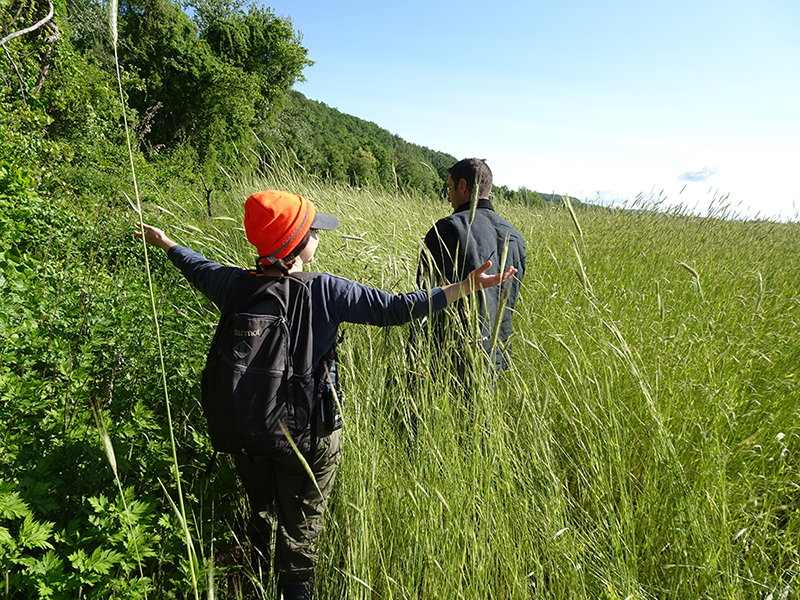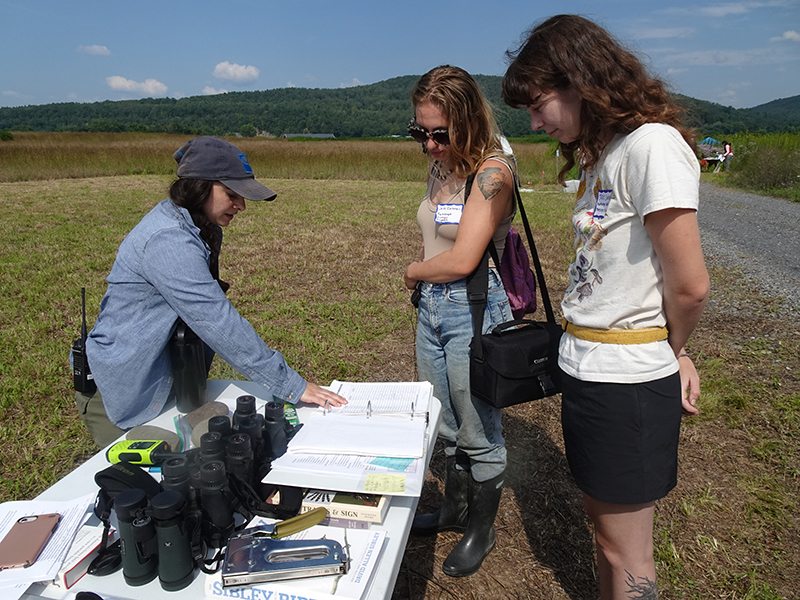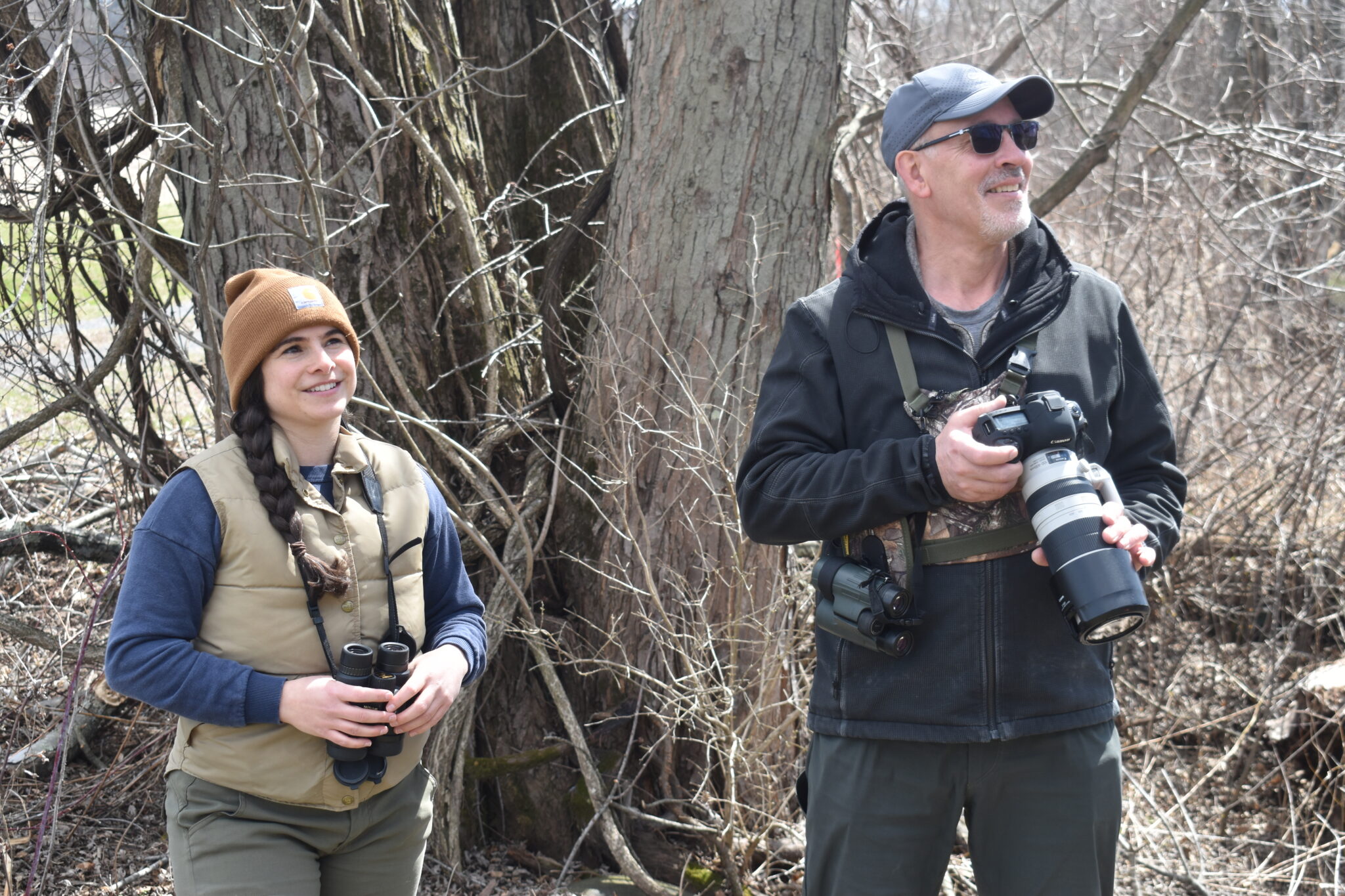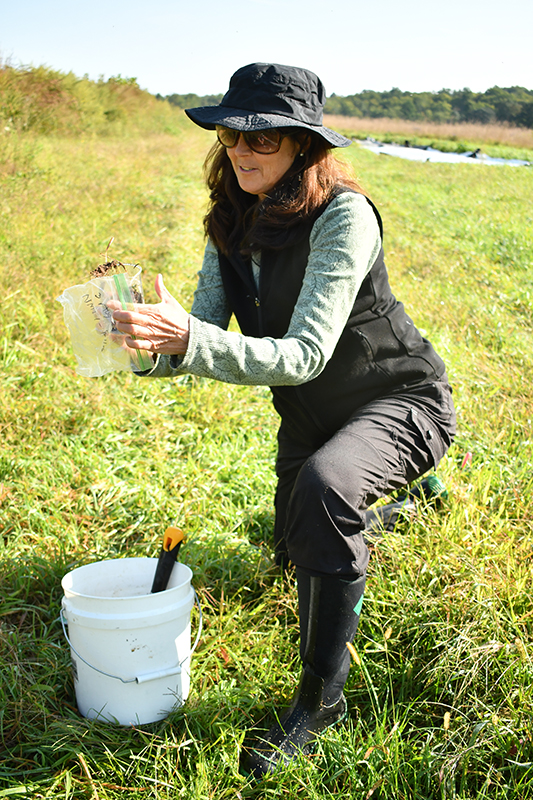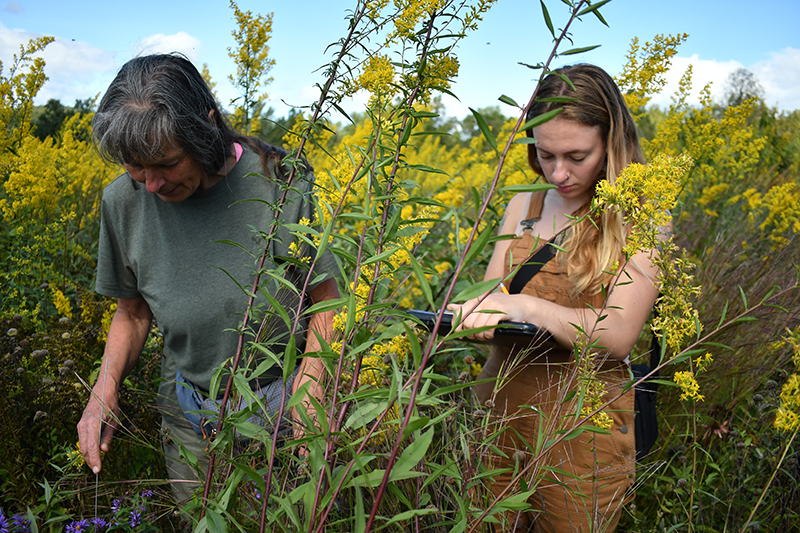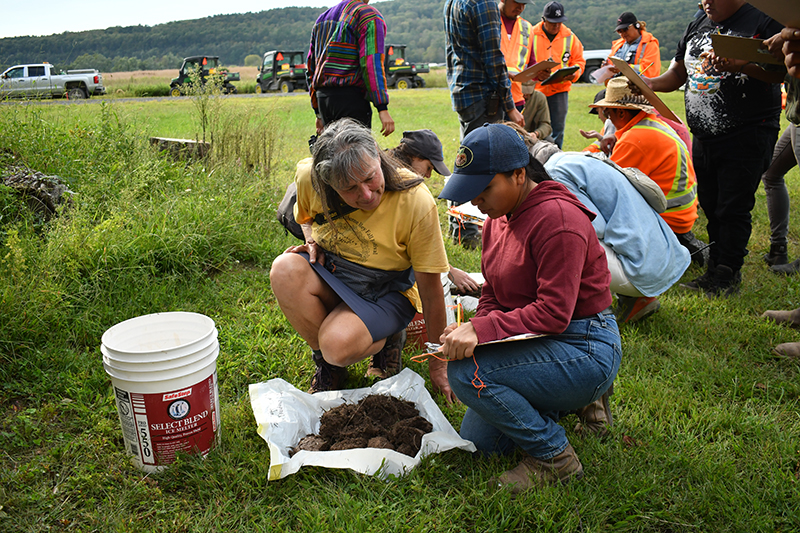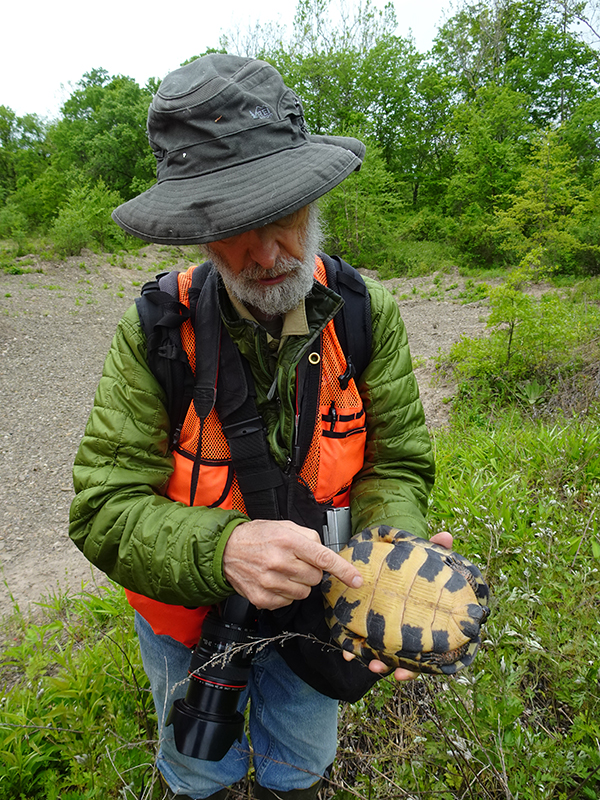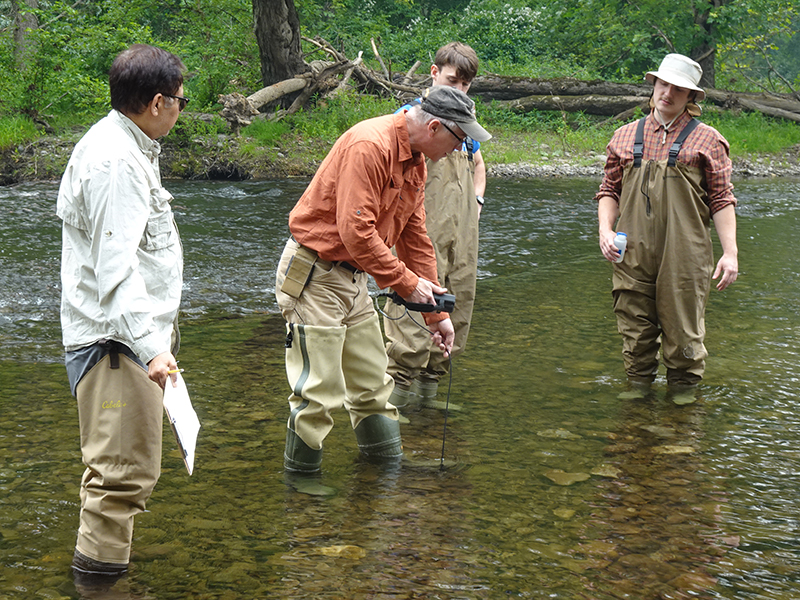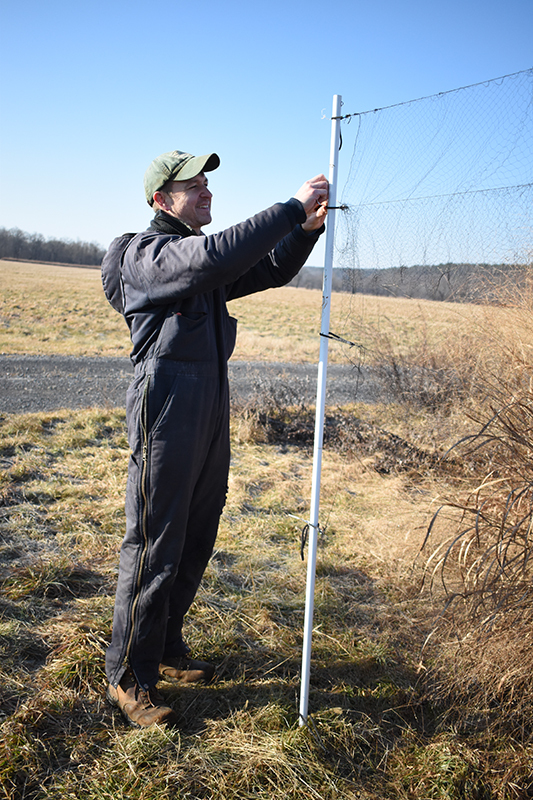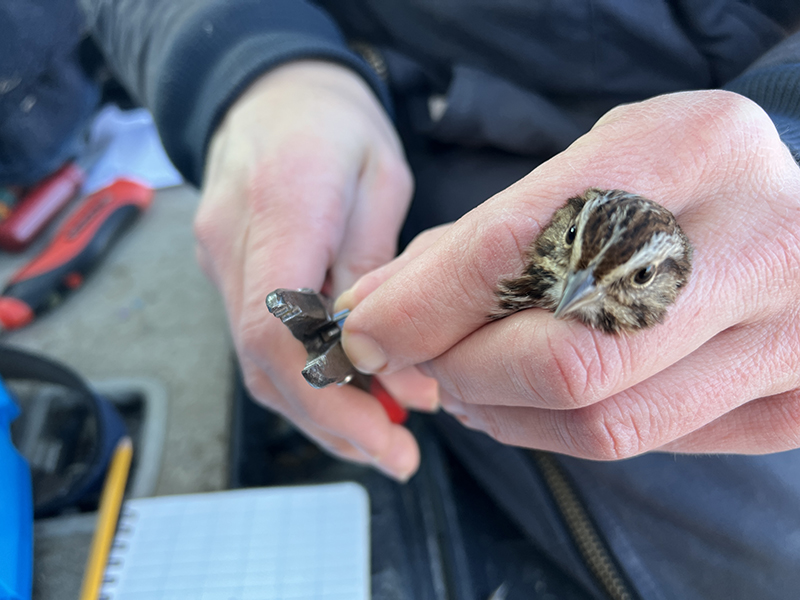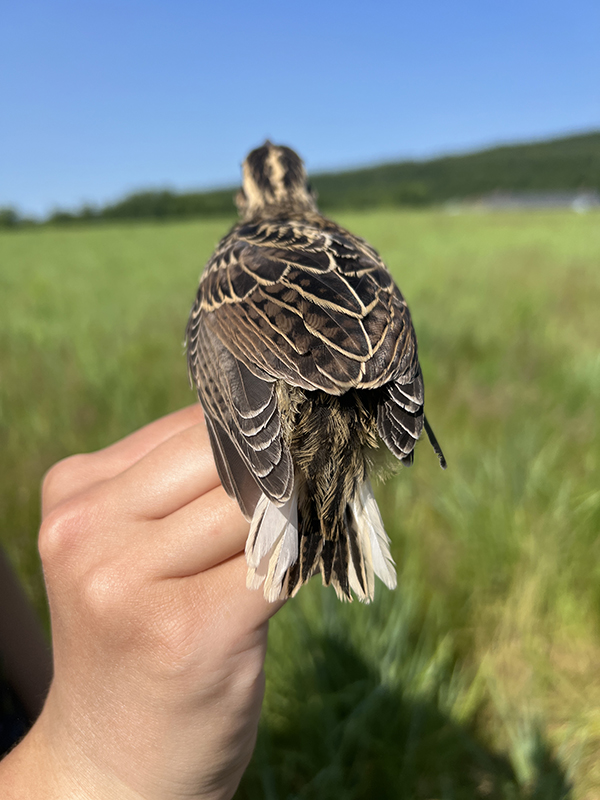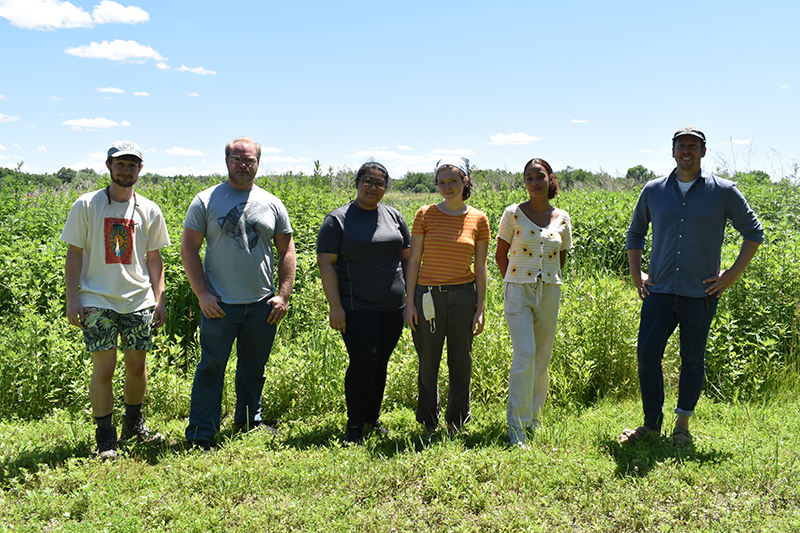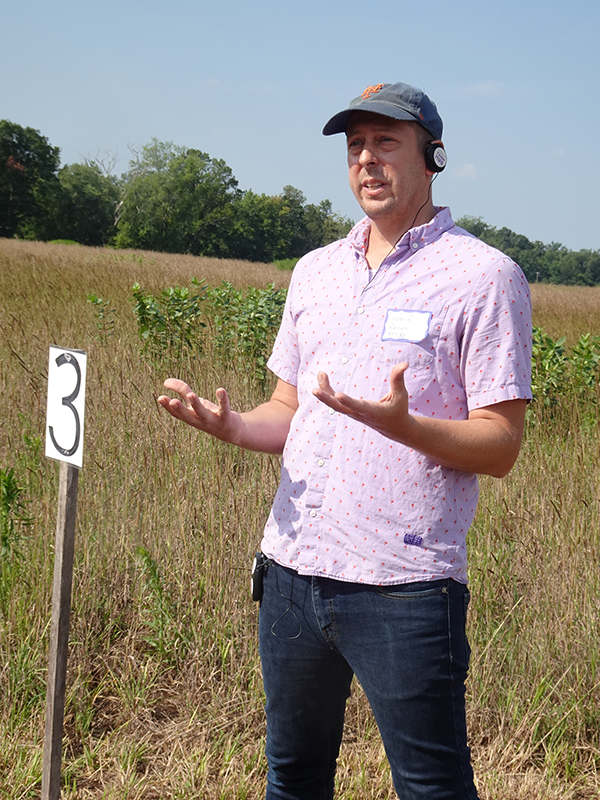Conozca a la Colaboración de Investigación de Ecología Agrícola Aplicada y sepa de sus investigaciones más recientes
Los científicos de la La Colaboración Investigativa de Ecología del Agro-Paisaje Aplicada (AFERC, por sus siglas en inglés) trabajan durante todo el año en estudios de varios años sobre la vida del suelo, la calidad del agua, los insectos, las aves, las tortugas y las praderas y, después, comparten los hallazgos con los agricultores. AFERC se inició en 2019 como una red de científicos cuyo trabajo se conecta directamente con la misión del Farm Hub de apoyar la investigación agroecológica. La idea de esta colaboración es apoyar a los agricultores, proveedores de servicios técnicos y administradores de tierras en el cumplimiento de los objetivos de la agricultura ecológica de la región. Además, en el Día de Campo de Investigación anual que se celebra en el Farm Hub, estos colaboradores presentan sus investigaciones ante el personal del Farm Hub y miembros del público. Obtenga más información sobre los últimos desarrollos y conozca a los investigadores en las galerías de fotos y videos a continuación.
Haga clic en las fotos a continuación para leer sobre cada investigador

